Tourism in Bhutan
Tourism in Bhutan began in 1974, when the Government of Bhutan, in an effort to raise revenue and to promote the country's unique culture and traditions to the outside world, opened its isolated country to foreigners. In 1974, 287 tourists visited Bhutan. Since then the number of tourists visiting Bhutan has increased to 2,850 in 1992, rising dramatically to 7,158 in 1999. By the late 1980s tourism contributed over US$2 million in annual revenue.
Despite being open to foreigners, the government is acutely aware of the environmental impact tourists can have on Bhutan's unique and virtually unspoiled landscape and culture. Therefore, they have restricted the level of tourist activity from the start, preferring higher quality tourism. Until 1991, the Bhutan Tourism Corporation (BTC), a quasi-autonomous and self-financing body, implemented the government's tourism policy. The Bhutanese government, however, privatised the Corporation in October 1991, facilitating private sector investment and activity. As a result, today over 75 licensed tourist companies operate in the country.
The most important centres for tourism are in Bhutan's capital Thimphu, and in the western city of Paro, near India. Taktshang, a cliff side monastery (Called the "Tiger's Nest" in English) overlooking the Paro Valley, is one of the country's attractions. This temple is incredibly sacred to Buddhists. Housed inside the temple is a cave in which the Buddhist Deity who brought Buddhism to Bhutan fasted for 90 days as he battled the demons that inhabited this valley, in order to spread Buddhism. The temple has standing for well over a thousand years, yet has suffered two fires in which the damage has been repaired. Druk Air used to be the only airline operating flights in Bhutan, however now it is serviced by Bhutan Airlines as well.
Visas to Bhutan are obtained through its embassy or consulate in your country.
Paro Taktsang
Paro Taktsang (Dzongkha: སྤ་རོ སྟ་ཏྴ་ནྒ་ spa phro stag tshang / spa gro stag tshang) is the popular name of Taktsang Palphug Monastery (also known as Tiger's Nest), a prominent Himalayan Buddhist sacred site and temple complex, located in the cliffside of the upper Paro valley, in Bhutan. A temple complex was first built in 1692, around the Taktsang Senge Samdup (stag tshang seng ge bsam grub) cave where Guru Padmasambhava is said to have meditated for three years, three months, three weeks, three days and three hours in the 8th century. Padmasambhava is credited with introducing Buddhism to Bhutan and is the tutelary deity of the country. Today, Paro Taktsang is the best known of the thirteen taktsang or "tiger lair" caves in which he meditated.
For more visit here: http://adf.ly/sR6T5
Tashichhoedzong
Tashichhoedzong བཀྲ་ཤིས་ཆོས་རྫོང is a Buddhist monastery and fortress on the northern edge of the city of Thimpu in Bhutan, on the western bank of the Wang Chu. It has traditionally been the seat of the Druk Desi (or "Dharma Raja"), the head of Bhutan's civil government, an office which has been combined with the kingship since the creation of the monarchy in 1907, and summer capital of the country.
It was built by the first Dharma Raja, who also founded the Lho-drukpa sect of Buddhism, which has remained the distinctive sect of Bhutan. The correct transliteration of the vernacular name—Bkrashis-chhos-rdzong, meaning "the fortress of auspicious doctrine"—is, according to Dr. Graham Sandberg, Tashichhoidzong.
The main structure of the whitewashed building is two-storied with three-storied towers at each of the four corners topped by triple-tiered golden roofs. There is also a large central tower or utse.
The original Thimphu dzong (the Dho-Ngyen Dzong, or Blue Stone Dzong) was built in 1216 by Lama Gyalwa Lhanangpa where Dechen Phodrang now stands above Thimphu. Soon after, Lama Phajo Drukgom Shigpo, who first brought the Drukpa Kagyu lineage to Bhutan, took it over.
In 1641 Shabdrung Ngawang Namgyal acquired it from Lama Phajo's descendants, but soon finding it too small, he built another one, known as the lower Dzong for the administration, keeping the older one for the monks. The original dzong was destroyed by fire in 1771 and everything was moved to the lower one which was expanded then, and again by the 13th Druk Desi (1744-1763), and also in 1866. It was damaged during an earthquake in 1897 and rebuilt in 1902. King Jigme Dorji Wangchuck had it completely renovated and enlarged over five years after he moved the capital to Thimpu in 1952 in traditional style using neither nails nor written plans.
It has been the seat of Bhutan's government since 1952 and presently houses the throne room and offices of the king, the secretariat and the ministries of home affairs and finance. Other government departments are housed in buildings nearby. West of the dzong is a small tower of Ney Khang Lhakhang which houses a statue of Shakyamuni Buddha and protective deities. In 1953 the royal family took up residence in the newly built Dechencholing Palace.
For more detail visit here: http://adf.ly/sR6ai
Rinpung Dzong
Rinpung Dzong is a large Drukpa Kagyu Buddhist monastery and fortress in Paro District in Bhutan. It houses the district Monastic Body and government administrative offices of Paro Dzongkhag.
In the 15th century local people offered the crag of Hungrel at Paro to Lama Drung Drung Gyal, a descendant of Pajo Drugom Zhigpo. Drung Drung Gyal built a small temple there and later a five storied Dzong or fortress which was known as Hungrel Dzong.
In the 17th century, his descendants, the lords of Hungrel, offered this fortress to the Drukpa hierarch Shabdrung Ngawang Namgyal, in recognition of his religious and temporal authority. In 1644 the Shabdrung dismantled the existing Dzong and laid the foundations of a new Dzong. In 1646 the Dzong was reconsecrated and established as the administrative and monastic centre of the western region and it became known as Rinpung Dzong.
Some scenes in the 1993 film Little Buddha were filmed in this Dzong.
For more detail visit here: http://adf.ly/sR6yj
Drukgyal Dzong
Drukgyal Dzong was a fortress and Buddhist monastery, now in ruins, located in the upper part of the Paro valley in Paro District of Bhutan. The Dzong was probably built by Tenzin Drukdra in 1649 at the behest of Shabdrung Ngawang Namgyal to commemorate victory over an invasion from Tibet. In the early 1950s Drukgyal Dzong was almost completely destroyed by fire.
For more detail visit here: http://adf.ly/sR7A0
National Museum of Bhutan
National Museum of Bhutan is a cultural museum in the town of Paro in western Bhutan. Established in 1968, in the renovated ancient Ta-dzong building, above Rinpung Dzong under the command of His Majesty, the King Jigme Dorji Wangchuck, the third hereditary Monarch of Bhutan. The necessary infrastructure was created to house some of the finest specimens of Bhutanese art, including masterpieces of bronze statues and paintings. Suitable galleries were constructed to house the extensive collections. Works of art were elegantly displayed on scientific lines.
Today the National Museum has in its possession over 3,000 works of Bhutanese art, covering more than 1,500 years of Bhutan's cultural heritage. Its rich holdings of various creative traditions and disciplines, represent a remarkable blend of the past with the present and is a major attraction for local and foreign visitors.
For more detail visit here: http://adf.ly/sR7Jn
Jomolhari
Jomolhari or Chomolhari (Tibetan: ཇོ་མོ་ལྷ་རི, Wylie: jo mo lha ri, ZYPY: Qomo Lhari; simplified Chinese: 绰莫拉日峰; traditional Chinese: 綽莫拉日峰; pinyin: Chuòmòlārì Fēng) sometimes known as "the bride of Kangchenjunga”, is a mountain in the Himalayas, straddling the border between Yadong County of Tibet, China and the Thimphu district of Bhutan. The north face rises over 2,700 metres (8,900 ft) above the barren plains. The mountain is the source of the Paro Chu (Paro river) which flows from the south side and the Amo Chu which flows from the north side.
For more detail visit here: http://adf.ly/sR7St
Dechen Phrodrang
Dechen Phrodrang meaning "Palace of Great Bliss" is a Buddhist monastery in Thimphu, Bhutan. It is located to the north of the city.
In 1971 it became a monastic school and currently it has 450 student monks enrolled in eight-year courses with a staff of 15. The monastery contains a number of important historical Bhutanese artifacts including 12th century paintings monitored by UNESCO and a noted statue of Shabdrung Ngawang Namgyal on the upper floor. In the downstairs chapel, there is a central Sakyamuni Buddha.
For more detail visit here: http://adf.ly/sR7b1
Kyichu Lhakhang
Kyichu Lhakhang, (also known as Kyerchu Temple or Lho Kyerchu) is an important Himalayan Buddhist temple situated in Lamgong Gewog of Paro District in Bhutan.
The Jowo Temple of Kyichu is one of the oldest temples in Bhutan, originally built in the 7th century by the Tibetan Emperor Songsten Gampo. It is considered to be one of the 108 border taming temples he built.
In the 8th century the temple was visited by Guru Rinpoche and it is believed he concealed many spiritual treasures here.
Je Khenpo Sherab Gyaltshen wrote that during the 12th century the temple was looked after by the Lhapa Kagyu tradition and that during the 13th century it was handed over to a descendant of Phajo Drugom Zhigpo's son Nyima.
In his The Nyingma School of Tibetan Buddhism: It's Fundamentals and History H.H. Dudjom Rinpoche, Jigdrel Yeshe Dorje records that the Jowo Temple of Kyichu could not be seen and that Terton Pema Lingpa (1450-1521) uncovered the temple and restored it as it was before.
In 1644 the temple was taken over by Shabdrung Ngawang Namgyal. From 1836 to 1838 the temple was restored and re-consecrated by the 25th Je Khenpo Sherab Gyaltshen.
In 1971 HM Kesang Choden Wangchuck,the Queen of King Jigme Dorji Wangchuck, built a Guru Temple next to the old Jowo Temple which was consecrated by HH Dilgo Khyentse Rinpoche. Ever since then the annual rites of great accomplishment for the deities Vajrasattva, Palchen Heruka, and Vajrakilaya have been held in this temple for the well being of the country under the patronage of HM Kesang Choden Wangchuck.
There is a belief that the two orange trees in the courtyard of Kyichu Lhakhang bear fruit throughout the year.
For more detail visit here: http://adf.ly/sR86c
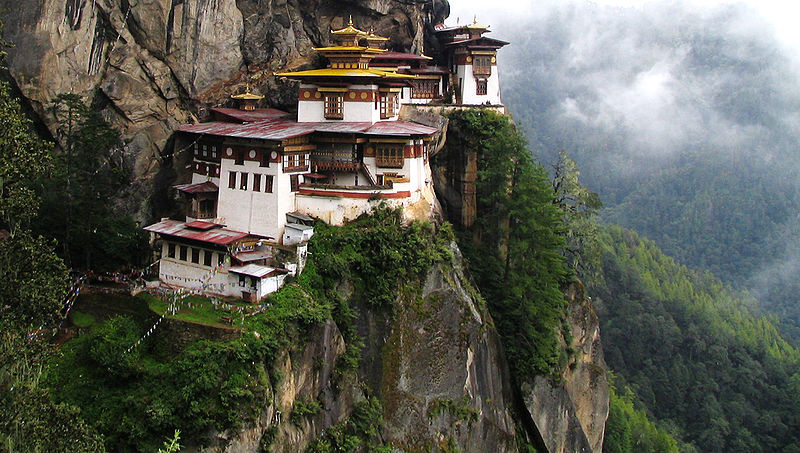
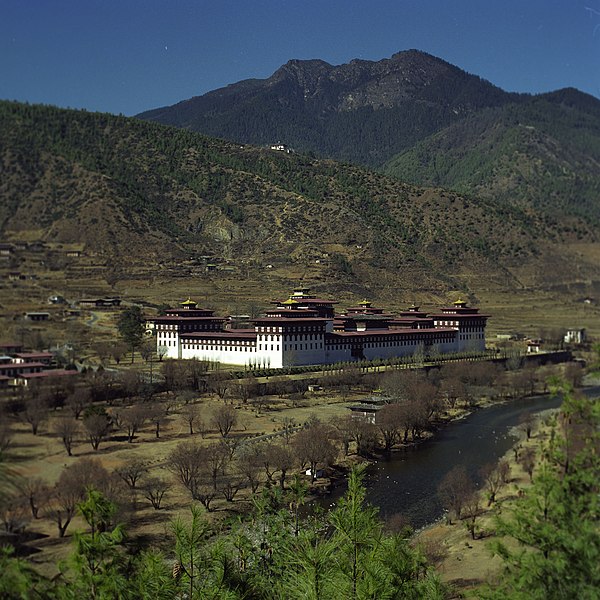
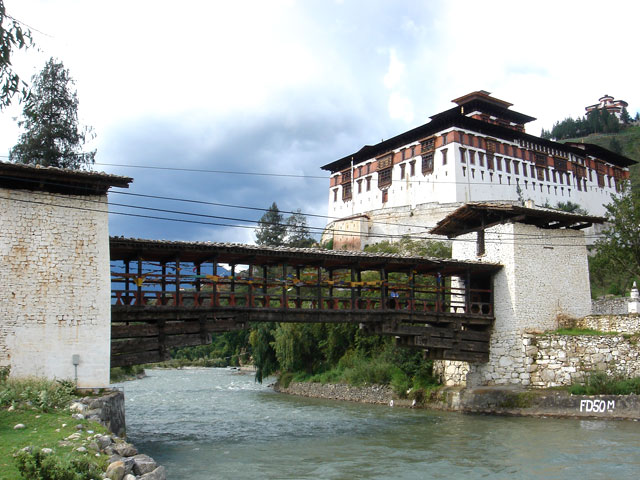
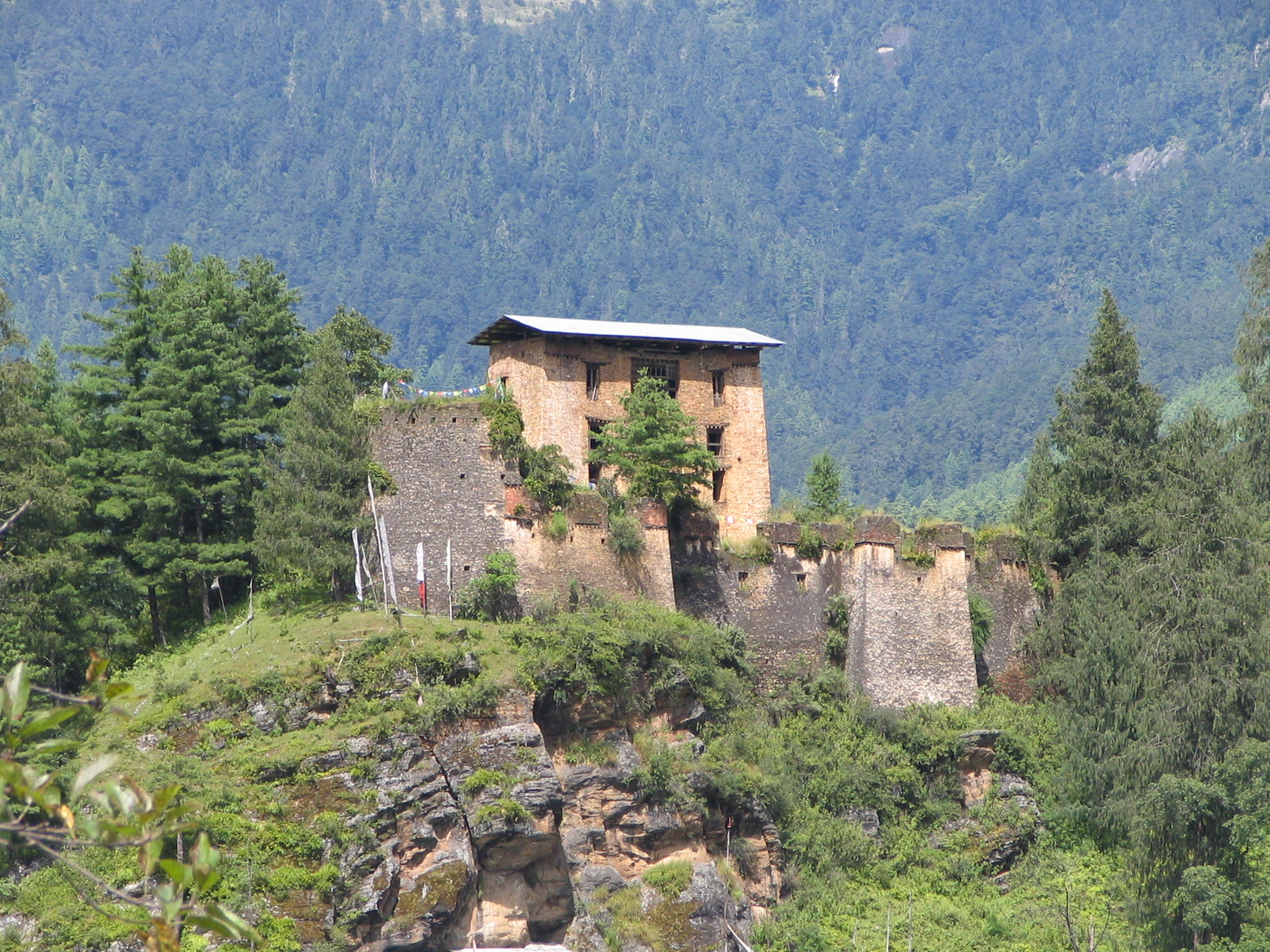
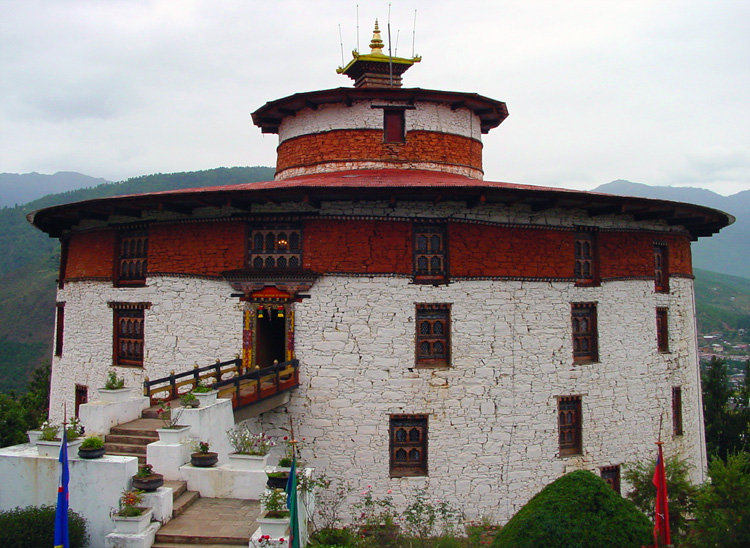









0 comments:
Post a Comment